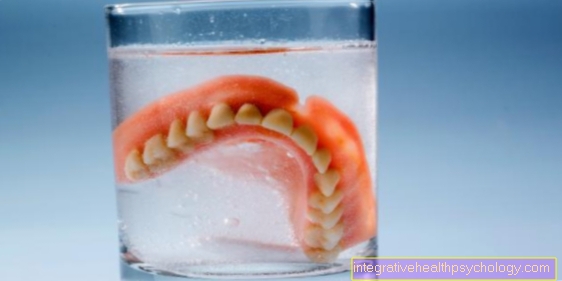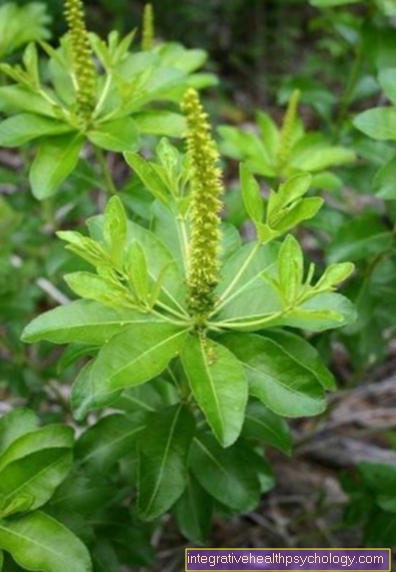Bibernelle
Latin name: Pimpinella Major
Genus: Umbelliferous plants
Common names: Buckhorn, pepperwort, pimpernell, stone peter.
Plant description Bibernelle
Plant description: The plant can reach a height of over 1 m. The stem is bare, hollow and furrowed. The flowers are often white to pink, arranged in umbels with 5-12 rays. Even the little Wiesenknopf (much smaller and dainty) is often incorrectly referred to as the Bibernelle.
Flowering time: July to August.
Origin: With us often on meadows, on sunny slopes and banks.
Plant parts used medicinally
The root. The beaver hole has to be determined carefully because other poisonous umbellifers look very similar to it.
Harvest in spring or autumn. The roots are cleaned, cut in half and strung on strings to dry, then dry in the oven after a week.
ingredients
Essential oil, tannins, saponins, coumarins.
Healing effects and use of Bibernelle
Upper respiratory catarrh, bronchitis, sore throat. Has a mild sputum-promoting effect, but is not strong enough on its own and is usually combined with other drugs.
Preparation of Bibernelle
Bibernelle tea: A heaped teaspoon of finely chopped drug is poured over ¼ l of cold water, slowly heated to the boil, boiled for one minute and then strained. To encourage expectoration, drink 1 cup sweetened with honey 3 times a day. This decoction is used unsweetened for gargling with sore throats.
Combination with other medicinal plants
Tea blend from:
Bibernellwurzel 20.0 g / chamomile flowers 20.0 g / bloodroot 20.0 g mixed and prepared as described above, can be used as a gargle.
Use in homeopathy
Pimpinella alba is prepared from the fresh root and is used for nosebleeds, headaches, ringing in the ears, bronchitis and gastrointestinal disorders. Usually D1 to D6.
side effect
None are known in the usual dosage.





























